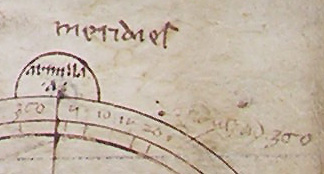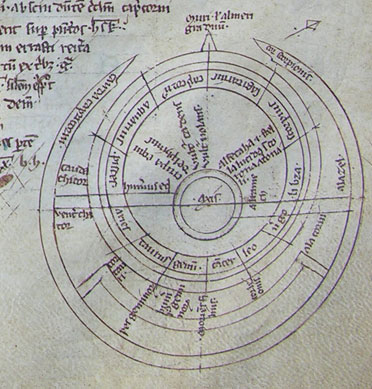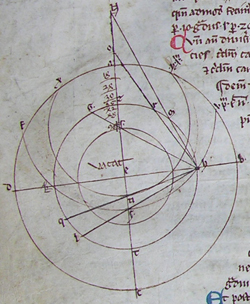The Way to the Stars: Build Your Own Astrolabe
Compositio et operatio astrolabiiThe Arabic text of this work has been lost, and it survives only in a Latin translation possibly made by the twelfth-century scholar Joannes Hispalensis. It was one of the sources that Chaucer used for his own Treatise on the Astrolabe. As the title suggests, the work falls into two parts. The first describes how to construct an astrolabe, and is provided with several diagrams and illustrations. The second part instructs the reader in the practical use of the instrument, and is divided into more than 40 'propositions', most of which were copied by Chaucer. No copies of the manuscript in Arabic exist. St John's College MS F.25 is one of several copies of the work in Latin. It contains several illustrations showing how to construct an astrolabe. The manuscript dates from the thirteenth or fourteenth centuries and was donated to the College in 1635 by Thomas Wriothesley. Click on any of these images to see a bigger version. |
|
Home | What is it? | Build it | Use it | More Information |



Supported by a grant from the Friends of the Center for the History of Physics, American Institute of Physics


